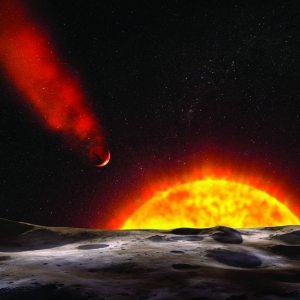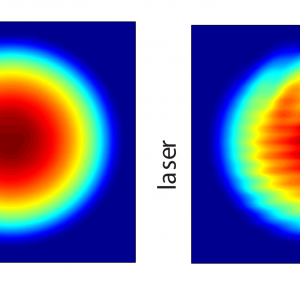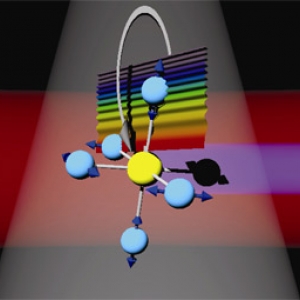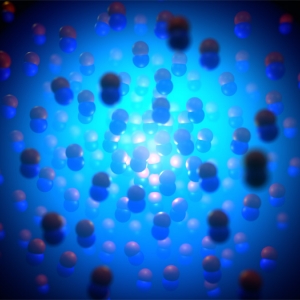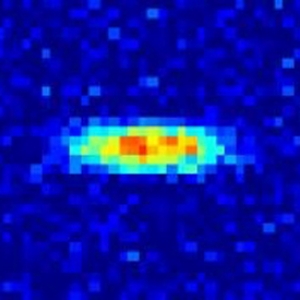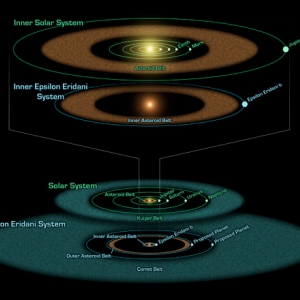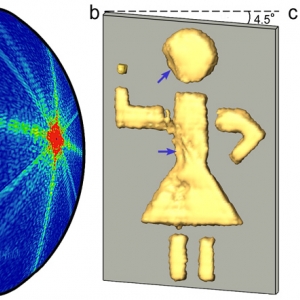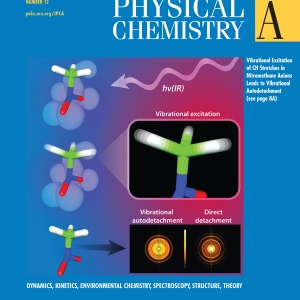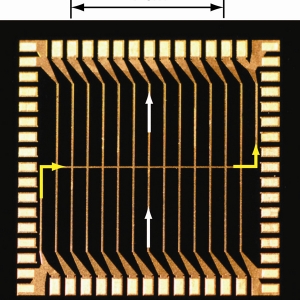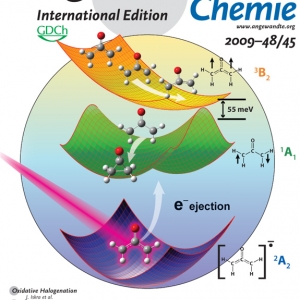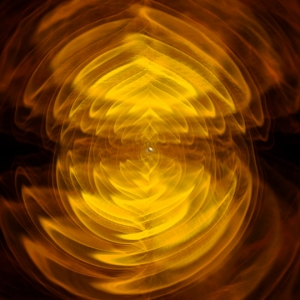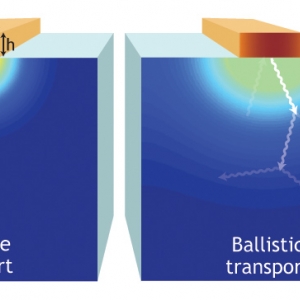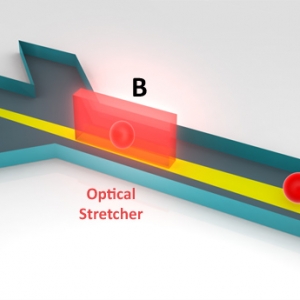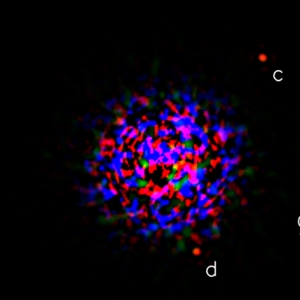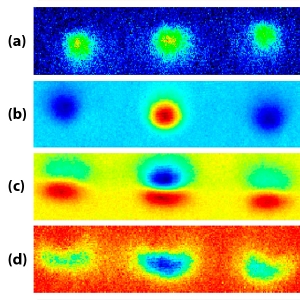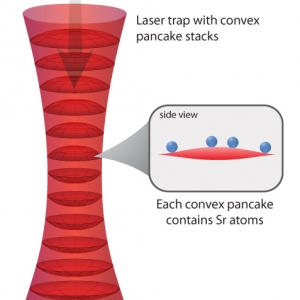Research Highlights
Displaying 361 - 380 of 507
Astrophysics
Sizzling Planet Sports Cometlike Tail
PI(s):
Jeffrey Linsky
Atomic & Molecular Physics
Them's the Brakes
PI(s):
John Bohn
Atomic & Molecular Physics
Molecular Motion Pictures
PI(s):
Chris Greene | Henry Kapteyn | Margaret Murnane
Atomic & Molecular Physics
Redefining Chemistry at JILA
PI(s):
Deborah Jin | Jun Ye | Konrad Lehnert
Atomic & Molecular Physics
Freeze Frame
PI(s):
Deborah Jin | Jun Ye
Astrophysics
Sculpting a Star System: The Outer Planets
PI(s):
Phil Armitage
Atomic & Molecular Physics
Close Encounters of the Third Dimension
PI(s):
Henry Kapteyn | Margaret Murnane
Atomic & Molecular Physics
The Magnetic Heart of the Matter
PI(s):
Henry Kapteyn | Margaret Murnane
Chemical Physics
Good Vibrations
PI(s):
J. Mathias Weber
Atomic & Molecular Physics | Precision Measurement
The BEC Transporter
PI(s):
Dana Anderson
Astrophysics
The Great Migration
PI(s):
Phil Armitage
Precision Measurement
Nanomeasurement is a Matter of the Utmost Precision
PI(s):
Konrad Lehnert
Chemical Physics
Radical Changes
PI(s):
W. Carl Lineberger
Astrophysics
First Light
PI(s):
Peter Bender | Phil Armitage
Nanoscience
Ballistic Evidence
PI(s):
Henry Kapteyn | Margaret Murnane
Biophysics | Chemical Physics
Stretched Thin
PI(s):
Ralph Jimenez
Atomic & Molecular Physics | Precision Measurement
The Coldest Horse in the Race
PI(s):
John Bohn
Astrophysics
Crafting Star Systems like Our Own
PI(s):
Phil Armitage
Atomic & Molecular Physics | Precision Measurement
Buried Treasure
PI(s):
Dana Anderson | Eric Cornell
Precision Measurement
Fermions in Collision?
PI(s):
Jun Ye




